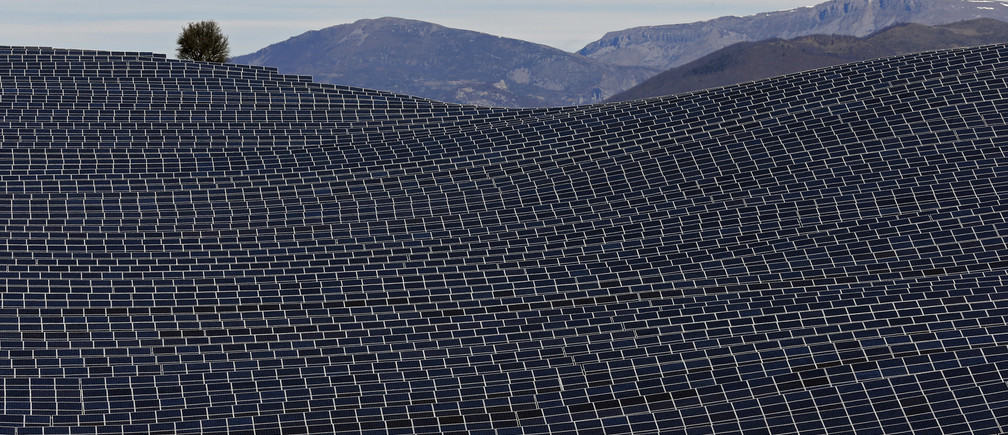The U.S. solar industry employed 260,077 workers last year, a nearly 25% increase in the number of jobs from 2015. That jump was largely driven by a massive increase in solar panel installations, according to a report released Tuesday by the non-profit solar advocacy group The Solar Foundation.
The rise in installations was caused by a rapid decrease in the cost of solar panels and unprecedented consumer demand, according to Andrea Luecke, president and executive director of The Solar Foundation.
The National Solar Jobs Census 2016, the seventh annual report on solar employment issued by the foundation, says installed solar capacity is projected to grow a record 14 gigawatts in 2016, almost double the 7.5 GW growth experienced in 2015. With such a gain, solar will likely exceed all other sources of new electric generating capacity for the year, according to the report.
The solar jobs census follows a U.S. Department of Energy study released last month that found more Americans work in solar than at natural gas or coal power plants. The DOE report says 187,117 workers are employed at coal, oil, and natural gas power plants compared to nearly 374,000 people in the solar industry. (While the jobs census and the DOE report share the same underlying methodology, The Solar Foundation says it applies a significantly more rigorous test in counting solar jobs, which accounts for the disparate figures.)
The latest solar job numbers are significant. That said, the fossil fuel industry—which includes an array of direct and indirect jobs related to exploration, excavation, construction, and well surveying—still employs millions of people. For example, about 46% of the one million employees in the fuels sector work with petroleum fuels, followed by 29% (or about 310,000 workers) in natural gas, according to the DOE.
Still, the National Solar Jobs Census 2016 documents the dramatic growth of an industry in less than a decade. And it's projected to keep growing.
The jobs report projects a 10% increase in employment within the sector this year.
That number might seem insignificant compared to last year's growth, Luecke told Fortune. "But keep in mind, these are conservative projections because companies tend to be conservative and there is a lot of uncertainty," she said, noting it's unclear what will happen with the U.S. Clean Power Plan, investment tax credit, the North American Free Trade Agreement, and trade with China under Trump Administration. "There's a lot of questions there."
Development of utility-scale solar projects in 2017 is expected to "throttle back from the 2016 record year," the report says, which will likely result in fewer jobs in this area. However, the growth in residential and commercial capacity deployment may offset utility-scale job losses, according to the report.
A few more highlights:
- One out of every 50 new U.S. jobs was in the solar industry.
- Solar industry employment growth outpaced that of the overall U.S. economy by 17 times as it increased by over 51,000 jobs, for a total of 260,077 U.S. solar workers.
- The number of solar jobs increased in 44 of the 50 states in 2016.
- Women represent a greater proportion of the solar workforce than in previous years, rising from 18.7% in 2013 to 28% in 2016.
- California employs the most solar workers, followed by Massachusetts, Texas, Nevada, and Florida.
Workers who install rooftop solar panels make up the largest share employment in the sector at 137,133 jobs. SolarCity, which merged with Tesla (TSLA, +1.79%)in 2016, Vivint Solar, and Sunrun (RUN, +2.68%) are the biggest residential installers.
Manufacturing is a distant second with 38,121 jobs, followed by 34,400 in project development, and 32,147 in sales and distribution. Installation jobs grew 14% from from 2015. Manufacturing jobs rose 26%, project development popped up 53%, and sales and distribution jobs increased by 32% from 2015 to 2016, according to the report.
https://www.weforum.org/agenda/2017/02/in-the-us-jobs-in-the-solar-indus...


